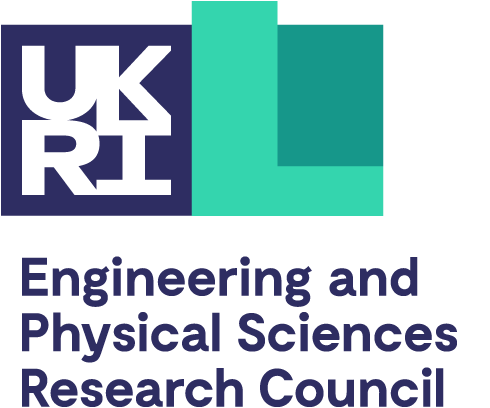
Important notice
We closed Grants on the Web on 2 December 2024. This is because the Engineering and Physical Sciences Research Council (EPSRC) cannot update Grants on the Web with information on EPSRC panels and panel outcomes that were run on the new UKRI Funding Service.
We have introduced a new EPSRC Funding Application Outcomes Tableau tool to share this information, which you can find on the UKRI website's 'What EPSRC has funded' page.